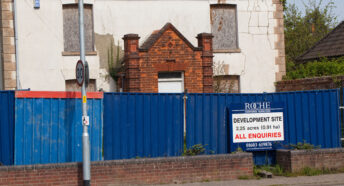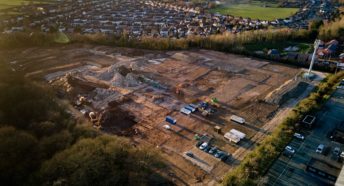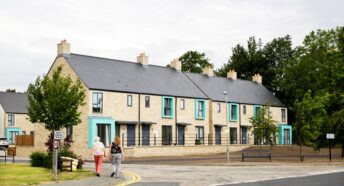Brownfield land for 1.2 million homes lying dormant, our report shows
As the affordable housing crisis deepens, our 2022 state of brownfield report has found – yet again – that the number of new homes that could be built on brownfield land remains high. In fact, it has reached record levels, with more than half a million homes with planning permission waiting to be built.
Our report looked at local councils’ registers of brownfield land and found that over 1.2 million homes could be built on 23,000 sites covering more than 27,000 hectares of previously developed land. Just 45% of available housing units have been granted planning permission and 550,000 homes with planning permission are still awaiting development.
Brownfield still underused
The data also shows clear differences between regions. On the whole, the former industrial heartlands, which are most in need of levelling up, are least likely to have planning permission to redevelop brownfield land. Compared with the national average of 45%, the proportion of available housing units with planning permission is: 33% in the north west, 36% in the West Midlands and 40% in Yorkshire and the Humber.
There is still a huge amount of land that can be recycled in our major cities. London boroughs have two of the top three totals of highest brownfield land with housing capacity and Birmingham is in second place. Using that land would take the pressure off the Green Belt around those cities.
CPRE’s latest state of brownfield report calls for a range of measures to protect green fields, farmland and countryside, while boosting the development of social and truly affordable homes in areas where it is most needed. Previous research has shown that development of the highest quality farmland has soared 100-fold in 10 years – while brownfield sites wait for regeneration. Meanwhile, the demand for social housing is growing six times faster than the rate of supply in rural areas. At current rates, the backlog of low-income families needing accommodation would take over 120 years to clear.
A broken system
Tom Fyans, interim chief executive of CPRE said:
‘You know the system is broken when hundreds of thousands of vulnerable people and families are on social housing waiting lists, many in rural areas. Meanwhile, across the country tens of thousands of hectares of prime brownfield sites are sitting there waiting to be redeveloped.
‘There have been promising commitments by the government to incentivise brownfield development, tackle land banking and clamp down on short term lets distorting the rental market. But the scale of the challenge requires so much more. There’s no way to fix an overheated, undersupplied housing market without a new generation of social or truly affordable housing.
‘The only solution is a commitment to building hundreds of thousands of new homes available at social rents or sold at affordable prices linked to local wages. Investing in brownfield regeneration would have a transformative effect. Done with consideration, such developments breathe new life into communities while also building the homes local people actually need alongside existing infrastructure such as public transport, schools and shops.’
A ‘clear prioritisation’ of brownfield
Recent changes to the Levelling Up and Regeneration Bill, including emphasising brownfield over greenfield, are welcome but vague. CPRE is calling for broad amendments to the National Planning Policy Framework, which is due for review in 2023, to include a clear prioritisation of brownfield development over greenfield sites. Among the recommendations are:
- Only allowing greenfield developments when they are primarily affordable housing for local needs, or when as much use as possible is already being made of brownfield land.
- The New Homes Bonus should be reformed so it is only paid out to support either development of brownfield land and/or additional affordable homes.
- The Infrastructure Levy should be set at a much higher rate on greenfield land to reflect the high costs of greenfield development to local communities.
- Provide local communities with stronger mechanisms to bring brownfield land forward as a source of land supply, such as increased compulsory purchase powers.
You can find out more about CPRE’s work on brownfield and how we campaigned successfully for brownfield registers here.
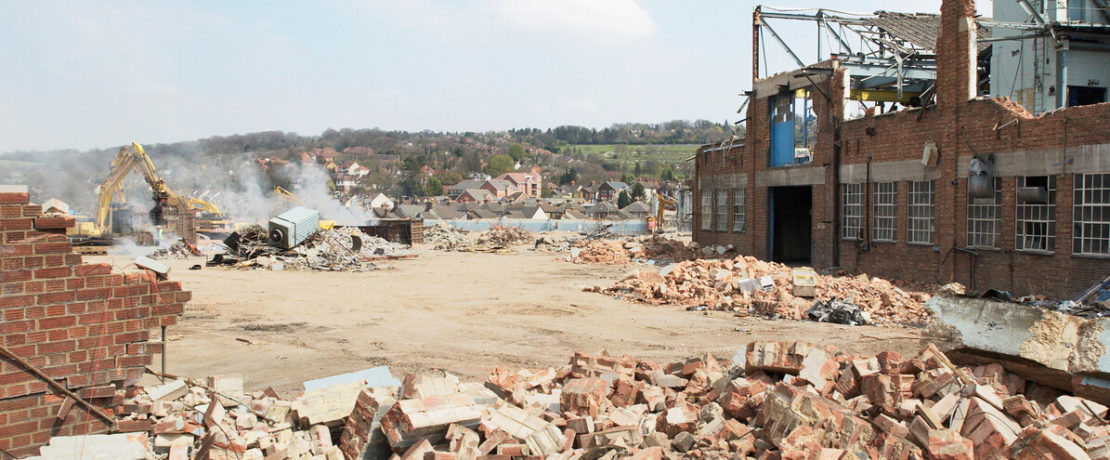



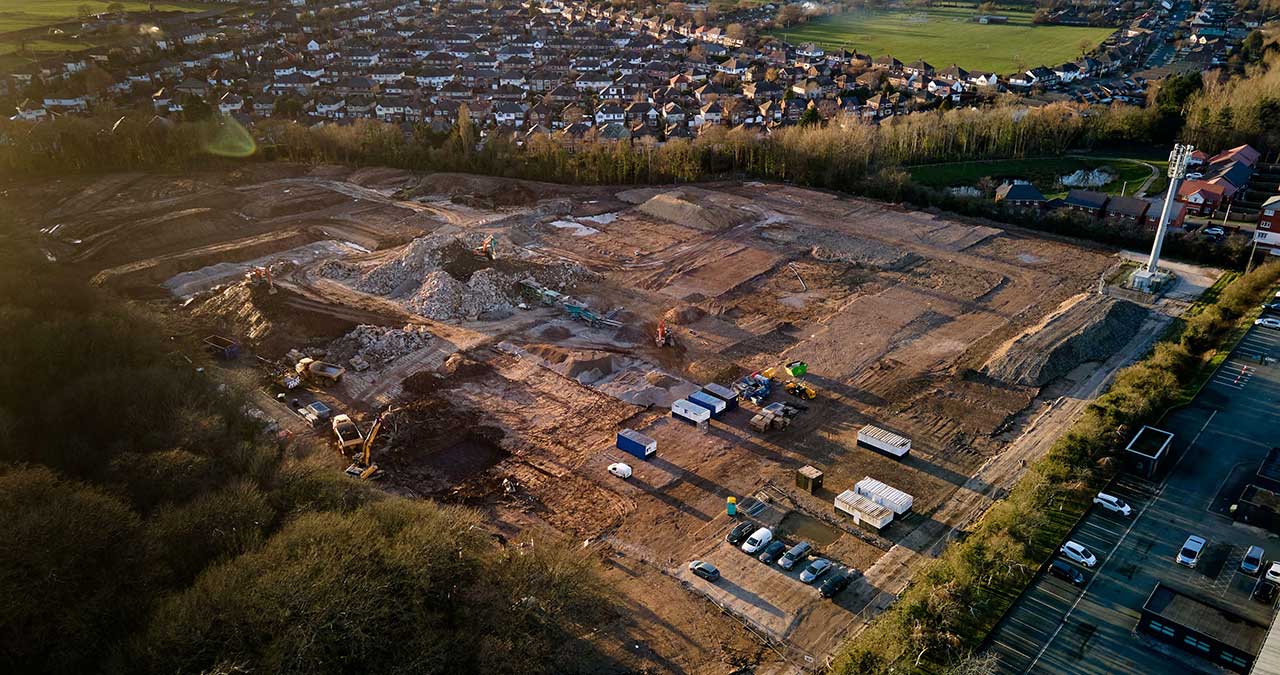
 8 min read
8 min read 